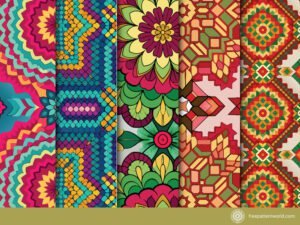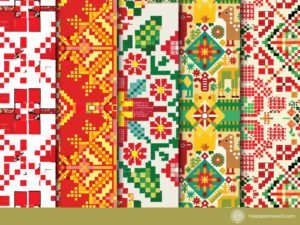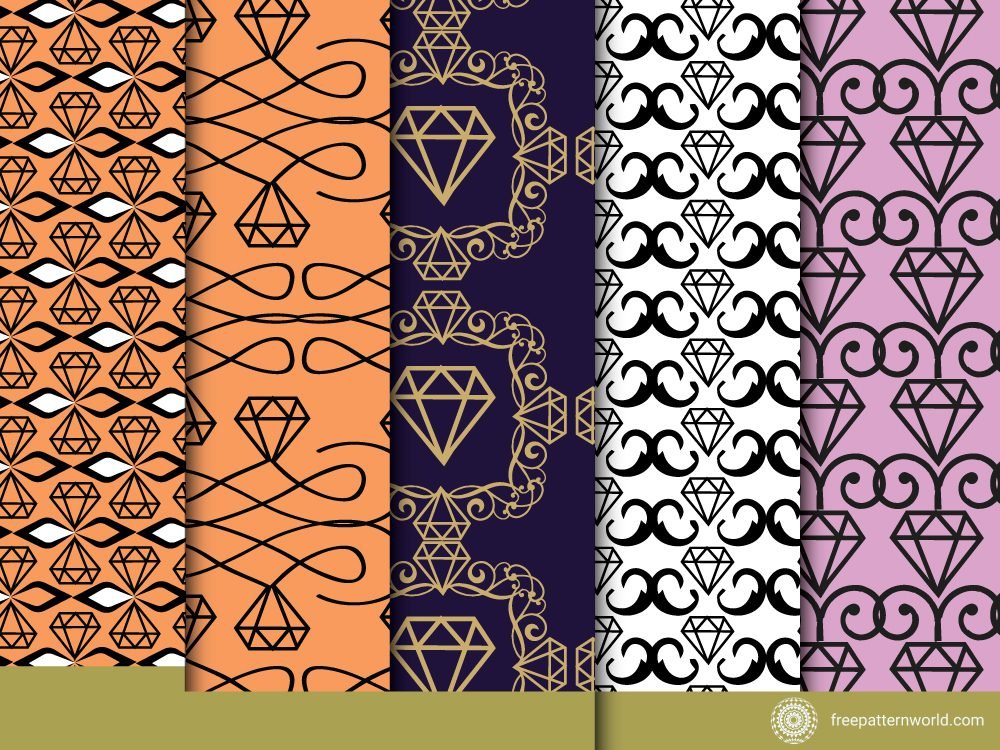
Table of Contents
Introduction
Ornamental patterns, with their intricate and captivating designs, have been an integral part of human creativity and expression for centuries. These patterns, characterized by their decorative nature and attention to detail, have adorned architecture, textiles, and art, leaving an indelible mark on culture and design. In this exploration of ornamental theme patterns, we will journey through their history, delve into their symbolism, and uncover their contemporary relevance.

A Glimpse into History
The history of ornamental patterns is as diverse as human civilization itself. From the earliest cave paintings to the grandeur of Gothic cathedrals, ornamental patterns have been a universal language of aesthetics.
Ancient Origins: Ornamental theme patterns find their roots in ancient civilizations, where they adorned pottery, textiles, and architectural structures. Examples can be seen in the intricate designs of Mesopotamian pottery and Egyptian hieroglyphics.
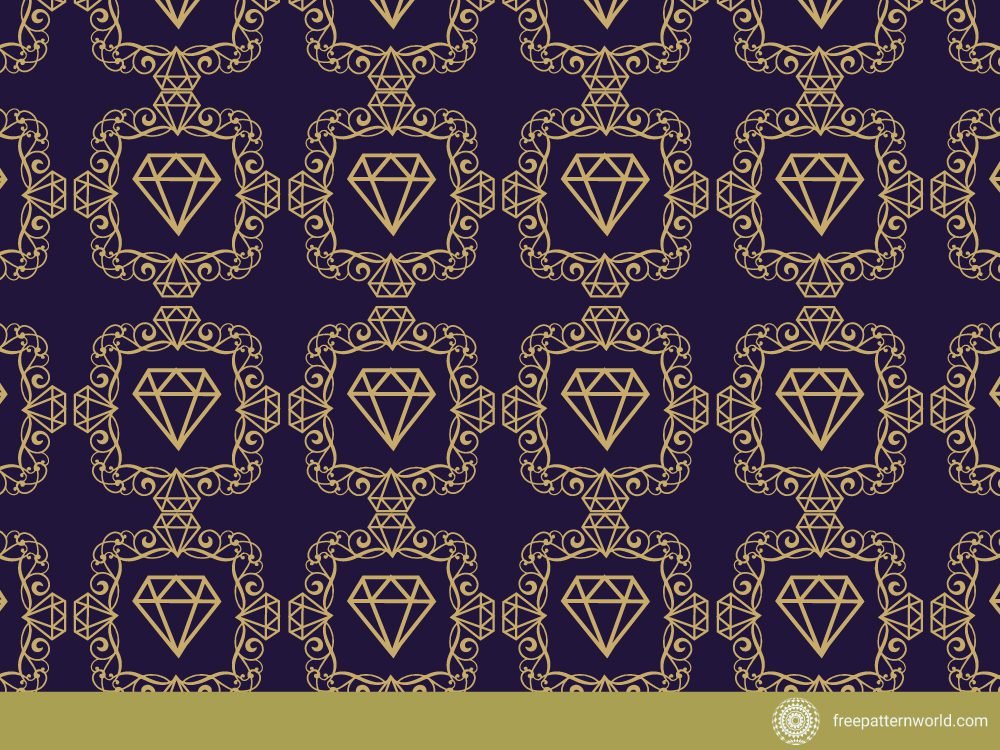
Gothic Architecture: In Gothic architecture, ornamental theme patterns are prevalent in the intricate tracery of stained glass windows and the delicate stonework of cathedrals like Notre-Dame in Paris. These patterns conveyed religious symbolism and grandeur.
The Symbolism of Ornamental Patterns
Ornamental theme patterns carry a rich tapestry of symbolism and meaning, often reflecting the values, beliefs, and aspirations of a culture or era.
Unity and Harmony: Many ornamental theme patterns, particularly geometric ones, symbolize unity and harmony. They reflect the interconnectedness of life and the balance found in nature.
Protection and Warding Off Evil: Some cultures use ornamental patterns, such as the “Evil Eye” motif, to protect against malevolent forces and negative energy.
Spirituality and Transcendence: Ornamental theme patterns often convey spiritual significance, representing the journey of the soul or the search for higher truths.
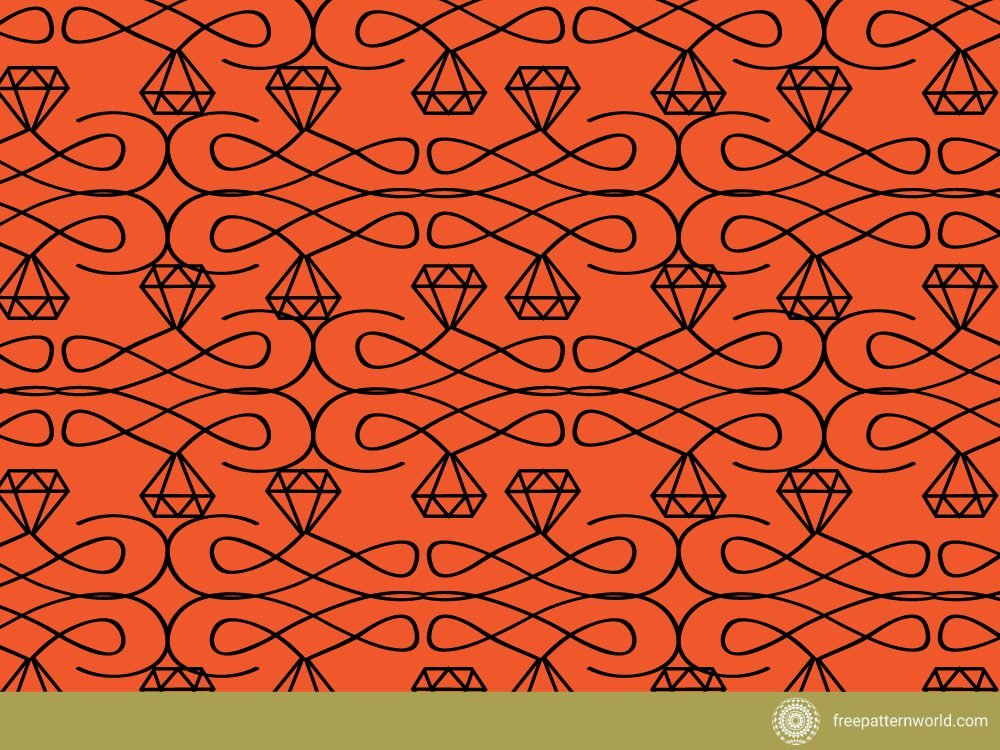
Ornamental Patterns in Textiles and Decor
Ornamental patterns have left their mark on textiles, interior decor, and everyday objects, enhancing aesthetics and functionality.
Textile Embellishments: From Persian rugs to intricate brocades, ornamental patterns have graced textiles across cultures, adding depth, texture, and visual interest.
Home Decor: Ornamental theme patterns in wallpaper, upholstery, and home accessories infuse living spaces with character and style. They can create a sense of coziness or sophistication, depending on the design.
Jewelry and Accessories: Ornamental patterns often find their way into jewelry, such as filigree work and intricate metal designs. These pieces become wearable art, reflecting craftsmanship and cultural significance.

Contemporary Revival
In the modern era, ornamental theme patterns continue to evolve and find new avenues for expression.
Digital Design: Digital tools have expanded the possibilities for creating ornamental theme patterns, allowing for intricate and precise designs. Digital art has reinvigorated the genre with fresh interpretations.
Fashion and Accessories: Ornamental patterns persist in fashion, with designers drawing inspiration from cultural traditions and historical motifs. These patterns add a touch of elegance and uniqueness to clothing and accessories.
Sustainability: In the age of sustainability, ornamental patterns can be created using eco-friendly materials and responsible production methods, preserving the artistry while reducing environmental impact.

Conclusion
Ornamental theme theme patterns, with their timeless beauty and rich symbolism, continue to captivate and inspire. They serve as a testament to human creativity, ingenuity, and our deep-seated need to infuse meaning and aesthetics into the world around us. Whether adorning a cathedral’s stained glass window or gracing the fabric of a contemporary dress, ornamental patterns weave a tapestry of history, culture, and artistic expression that enriches our lives.
Download more free pattern designs from freepatternword and freepik.
What are ornamental patterns?
Ornamental theme patterns are decorative designs characterized by intricate and repetitive motifs, often used to enhance the aesthetic appeal of various objects, textiles, and architectural elements.
What is the history of ornamental theme patterns?
Ornamental theme patterns have a rich history dating back to ancient civilizations, where they were used to adorn everything from pottery to buildings. They have evolved over time and been influenced by various cultures and artistic movements.
What is the significance of ornamental theme patterns?
Ornamental patterns can symbolize a wide range of meanings, including unity, spirituality, protection, and cultural identity. Their significance often depends on the specific motifs and cultural context.
Where can I find ornamental patterns in architecture?
Ornamental theme patterns are commonly found in architectural elements such as stained glass windows, friezes, columns, and decorative facades of buildings, both historic and modern.
How are ornamental theme patterns used in textiles and fashion?
Ornamental theme patterns are frequently used in textiles and fashion to create visually appealing designs on clothing, upholstery, and accessories. They add texture, depth, and style to fabrics.
Are there sustainable options for ornamental patterns in design?
Yes, sustainable practices in design are becoming more common, with the use of eco-friendly materials and responsible production methods in creating ornamental patterns.
What is the role of ornamental patterns in modern interior decor?
Ornamental theme patterns continue to play a significant role in interior decor, with applications in wallpaper, upholstery, rugs, and various decor items to enhance the aesthetics of living spaces.
How do ornamental patterns reflect cultural traditions?
Ornamental theme patterns often incorporate elements from cultural traditions and historical motifs, preserving and celebrating the artistic heritage of different societies.

